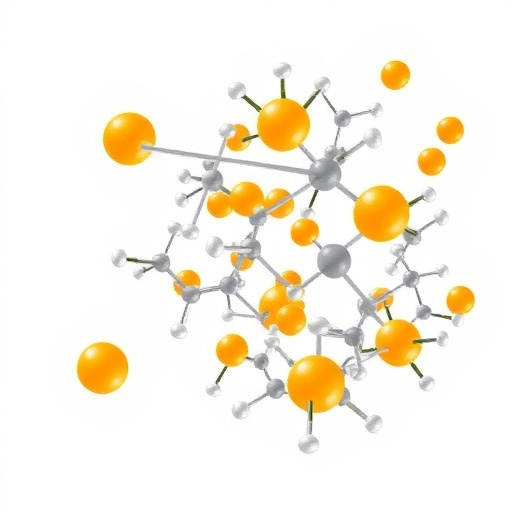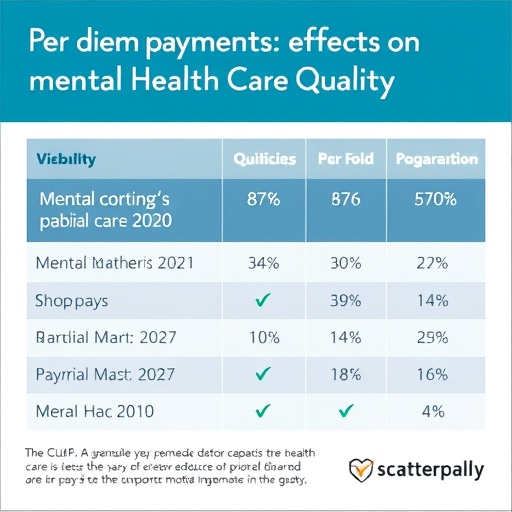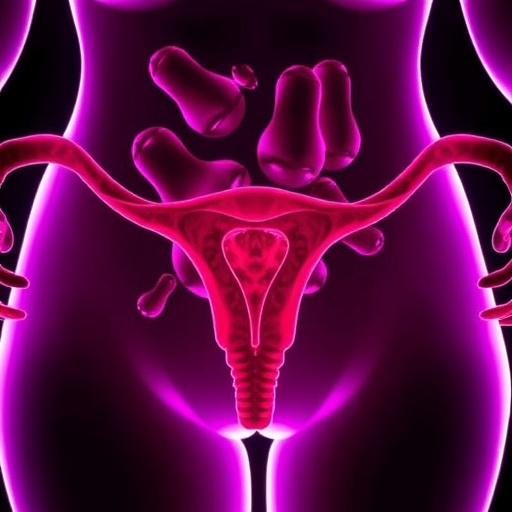In a groundbreaking development, researchers have unveiled a pioneering machine learning model called UmamiPredict, aimed at predicting the umami taste of various molecules and peptides. Published in Molecular Diversity, this study represents a significant advancement in gastronomic science, combining artificial intelligence with a deep understanding of molecular gastronomy. The ability to predict taste profiles not only enhances culinary experiences but also opens up new avenues for food science, nutrition, and the development of novel food products.
Umami, often referred to as the fifth taste, plays a crucial role in food flavor, typically associated with the savory taste found in foods rich in glutamate, such as tomatoes, cheese, and meat. While the science behind taste perception is well-established, the transition to predictive analytics using machine learning marks a transformative shift in how flavor profiles can be generated and understood. The research team, led by Singh, Goel, and Garg, has utilized sophisticated algorithms to model the complex relationships between molecular structures and taste sensations.
The advent of machine learning in food science is not merely a theoretical exercise; it holds tangible implications for various sectors. For instance, knowing which molecules elicit umami flavors could allow food manufacturers to reformulate products to enhance their taste without relying on artificial additives. This could lead to healthier food options that appeal to consumers’ palates while adhering to dietary restrictions. Furthermore, understanding the umami taste can aid in the design of new culinary creations, marrying science and art in the kitchen.
The researchers employed an extensive dataset comprised of molecular structures and their corresponding umami flavor profiles to train the UmamiPredict model. This dataset was meticulously curated, ensuring that the model could learn from a diverse range of compounds, including amino acids, peptides, and other small molecules. Each entry in the dataset not only detailed the molecular composition but also included experimental taste data, thus providing a robust foundation for predictive modeling.
The effectiveness of UmamiPredict is underscored by its ability to identify and analyze patterns in data that would be imperceptible to human researchers. By leveraging advanced algorithms, the model can differentiate between slight variations in molecular structures and predict how these changes impact umami sensation. This capacity for nuanced analysis represents a paradigm shift, allowing scientists to explore a vast landscape of potential taste combinations with unprecedented precision.
Challenges remain, of course, in accurately predicting taste from chemical structure alone. The research team addressed potential limitations by integrating traditional chemical analysis with machine learning insights. This hybrid approach not only validates the findings but also enhances the credibility of the predictions made by the model. Rigorous testing and validation established a threshold of accuracy, demonstrating that UmamiPredict can reliably forecast umami flavor properties across a multitude of scenarios.
The implications of UmamiPredict extend beyond food science into areas such as molecular biology and pharmacology. Understanding how certain peptides and molecules elicit umami flavors can lead to discoveries about their biological roles in human health. Nutritional research could leverage these findings to promote ingredients that enhance taste enjoyment, increasing the likelihood of dietary compliance in populations with specific health needs. As such, UmamiPredict could contribute to the design of functional foods for healthcare applications.
Moreover, this technological innovation enables a more sustainable approach to food production. By predicting taste profiles, producers could optimize resource usage—selecting ingredients that yield maximum flavor impact while minimizing waste. In an era where sustainability is paramount, such an approach aligns with both environmental goals and the growing consumer demand for transparency in food sourcing and preparation.
The culinary industry is also poised to benefit significantly from the insights generated by UmamiPredict. Chefs and food innovators can expand their repertoire of flavor combinations by tapping into the model’s predictive capabilities. This could foster an environment of creativity and experimentation, where new flavor profiles are constantly being explored and developed. UmamiPredict will undoubtedly serve as a valuable tool in the modern kitchen, helping culinary professionals craft dishes that are not only delectable but also innovative.
As UmamiPredict enters the spotlight, there is considerable interest in potential collaborations across multidisciplinary fields. Researchers from chemistry, computer science, and nutrition are already considering how to harness the power of this model for broader applications. Future studies may delve deeper into the synergies between umami and other taste modalities, exploring how different flavors can interact with one another to enhance overall sensory experiences.
The future of UmamiPredict looks promising, with aspirations for further refinement of the model. Continuous learning algorithms will allow it to adapt as new data becomes available, enhancing its predictive accuracy over time. Researchers envision an updated version capable of predicting not just umami taste but also a wider range of flavor profiles, ushering in a new era of computational gastronomy.
In conclusion, UmamiPredict signifies an exciting leap forward in the science of taste. By marrying machine learning with culinary sciences, researchers have laid the groundwork for innovations that can have far-reaching impacts across industries. From food production and culinary artistry to health and nutrition, the insights gleaned from this model will undoubtedly shape the future of how we perceive and consume food. With ongoing advancements on the horizon, UmamiPredict and its derivatives hold the promise of revolutionizing not just how we eat, but how we understand food itself.
Subject of Research:
Predicting umami taste of molecules and peptides using machine learning.
Article Title:
UmamiPredict: machine learning model to predict umami taste of molecules and peptides.
Article References:
Singh, P., Goel, M., Garg, D. et al. UmamiPredict: machine learning model to predict umami taste of molecules and peptides.
Mol Divers (2025). https://doi.org/10.1007/s11030-025-11371-8
Image Credits:
AI Generated
DOI:
https://doi.org/10.1007/s11030-025-11371-8
Keywords:
Umami, machine learning, food science, predictive modeling, culinary innovation, molecular gastronomy, artificial intelligence.
Tags: culinary experience enhancementflavor prediction algorithmsfood manufacturing reformulationfood science innovationsmachine learning in gastronomymolecular gastronomy advancementsnovel food product developmentpredicting umami taste moleculessavory taste compoundstaste perception scienceumami flavor profile analysisUmamiPredict AI model





